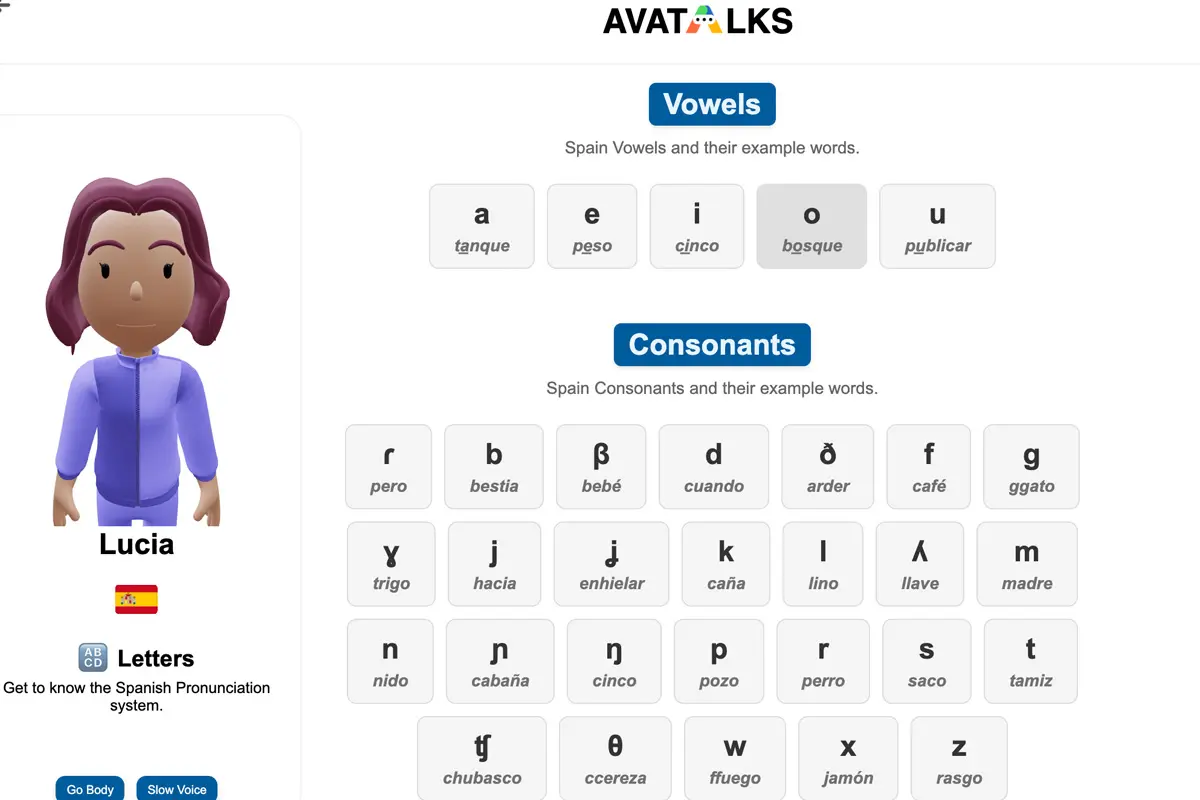
If you’re wondering what a Spanish pronoun chart looks like, the quick answer is that it’s a structured table that organizes subject pronouns, object pronouns, and reflexive pronouns in Spanish. This chart is essential for learners who want to build sentences correctly, replace nouns naturally, and sound fluent in real-life conversations.
Spanish pronouns aren’t just grammar rules — they shape how sentences are formed, how emphasis is placed, and how conversations flow. Whether you’re a beginner tackling yo, tú, él/ella or an advanced learner dealing with se lo, me la, nos los, this guide will help you understand everything you need to know.
1. Why Learn Pronouns with a Chart?
Pronouns are the backbone of Spanish communication. They keep sentences short, avoid repetition, and help you express relationships between people, objects, and actions. For example:
- Without pronouns: María dio el libro a Juan. (María gave the book to Juan.)
- With pronouns: Ella se lo dio. (She gave it to him.)
A Spanish pronoun chart gives learners a bird’s-eye view of all types of pronouns, making it easier to practice, memorize, and apply them in daily conversation.
🗣️ Spanish Character Pronunciation Guide
When learning Spanish pronouns and sentence structure, it also helps to understand how Spanish letters and sounds work. Unlike English, Spanish pronunciation is consistent and phonetic, meaning most words are pronounced exactly as they are written. Here are a few key points:

Vowels in Spanish
Vowels in Spanish always have the same sound, no matter the word. This makes them easy to master.
| Vowel | Example | Pronunciation |
|---|---|---|
| a | casa | ah (like “father”) |
| e | peso | eh (like “met”) |
| i | cinco | ee (like “machine”) |
| o | bosque | oh (like “more”) |
| u | publicar | oo (like “rule”) |
Key Consonants in Spanish
Some consonants are pronounced differently than in English. These sounds are important for learners to master early:
- r → Rolled or tapped, e.g., pero (but) vs. perro (dog).
- ñ → Like “ny” in cabaña (cabin).
- ll → Often sounds like “y” in Spain (llave → “ya-veh”), though in some regions it can sound like “zh.”
- j → A throaty “h” sound, as in jamón (ham).
- z → In Spain, pronounced like “th” (zapato → “thah-pah-to”), but like “s” in Latin America.
Why It Matters
For Spanish learners, understanding these pronunciation basics makes it much easier to read, write, and communicate confidently. Spanish speakers rely on clear pronunciation to distinguish words like pero (but) and perro (dog), so mastering these differences will boost both comprehension and speaking ability.
By combining your Spanish pronoun chart with this pronunciation guide, you’ll have both the grammar and sounds needed for real-life conversations.
2. Subject Pronouns in Spanish
Subject pronouns replace the subject of the verb.
| Spanish | English | Example |
|---|---|---|
| yo | I | Yo hablo español. (I speak Spanish.) |
| tú | you (informal) | Tú eres mi amigo. (You are my friend.) |
| él/ella | he/she | Ella canta muy bien. (She sings very well.) |
| usted | you (formal) | ¿Cómo está usted? (How are you?) |
| nosotros/nosotras | we | Nosotros vivimos en México. (We live in Mexico.) |
| vosotros/vosotras | you all (Spain, informal) | Vosotros sois estudiantes. (You all are students.) |
| ellos/ellas | they | Ellos trabajan mucho. (They work hard.) |
| ustedes | you all (Latin America, formal/informal) | Ustedes hablan inglés. (You all speak English.) |
💡 Note: In Spanish, subject pronouns are often dropped because verb conjugations already show who the subject is.
3. Direct Object Pronouns
These pronouns replace the direct object of a verb (the thing being acted upon).
| Spanish | English | Example |
|---|---|---|
| me | me | Ella me llamó. (She called me.) |
| te | you | Te vi ayer. (I saw you yesterday.) |
| lo/la | him/it/her | Lo compré. (I bought it.) |
| nos | us | Nos invitaron. (They invited us.) |
| os | you all (Spain) | Os vi en la fiesta. (I saw you at the party.) |
| los/las | them | Los encontré. (I found them.) |
4. Indirect Object Pronouns
Indirect object pronouns indicate to whom/for whom an action is done.
| Spanish | English | Example |
|---|---|---|
| me | to/for me | Ella me dio un regalo. (She gave me a gift.) |
| te | to/for you | Te traje flores. (I brought you flowers.) |
| le | to/for him/her | Le expliqué la lección. (I explained the lesson to him/her.) |
| nos | to/for us | Nos contaron la historia. (They told us the story.) |
| os | to/for you all (Spain) | Os mandé un mensaje. (I sent you all a message.) |
| les | to/for them | Les ofrecí ayuda. (I offered them help.) |
💡 Tricky part: Spanish uses se instead of le/les when combined with direct object pronouns: Se lo di. (I gave it to him/her/them.)
5. Reflexive Pronouns
Reflexive pronouns indicate that the subject and object are the same person.
| Spanish | English | Example |
|---|---|---|
| me | myself | Me levanto temprano. (I get up early.) |
| te | yourself | Te peinas bien. (You comb yourself well.) |
| se | himself/herself | Se ducha cada mañana. (He showers every morning.) |
| nos | ourselves | Nos divertimos en la fiesta. (We enjoyed ourselves at the party.) |
| os | yourselves (Spain) | Os preparáis para salir. (You all get ready to go out.) |
| se | themselves | Se conocen bien. (They know each other well.) |
6. Pronoun Placement Rules
One of the trickiest parts of mastering personal pronouns in Spanish is learning where to place them. Unlike pronouns in English, where placement is usually fixed, Spanish pronouns can move depending on the verb form.
- Before a conjugated verb: Me gusta el café. (I like coffee.) → Here, the subject pronouns in Spanish (like yo, tú, él, ella, ellos, ellas) are often omitted because verb endings already show who is doing the action.
- Attached to an infinitive: Quiero verlo. (I want to see him/it.) → Notice how Spanish direct object pronouns attach directly to the verb stem.
- Attached to a gerund: Estoy leyéndolo. (I am reading it.) → Common in ongoing actions when the pronoun is receiving the action of the verb.
- Attached to an affirmative command: Dímelo. (Tell me it.) → In commands, pronouns replace the subject or object and must be attached at the end.
💡 Tip: Don’t forget about Spanish prepositional pronouns (conmigo, contigo, con ella) and demonstrative pronouns (este, esa, aquellos). Each type of pronoun follows slightly different placement rules but together they form a consistent system across Spain and Latin America.
7. How to Memorize the Spanish Pronoun Chart
The best way to master a Spanish pronoun chart is through active practice, since pronouns in Spanish are designed to replace a noun and streamline your speech. Here are strategies to make the system second nature:
- Flashcards & drills: Test recall of subject pronouns in Spanish (yo, tú, vosotros vosotras, ellos ellas) and gradually move to indirect object pronouns in Spanish (me, te, le, nos, os, les).
- Substitution practice: Take full sentences and swap out nouns with the right pronouns. Example: María compra un libro → Ella lo compra. (She buys it.)
- Music & dialogues: Songs from Latin America and Spain are full of personal pronouns in Spanish, which makes it easier to catch patterns naturally.
- Mini-stories & writing: Try creating short paragraphs where you replace every noun with either possessive pronouns in Spanish, possessive adjectives, or Spanish relative pronouns like que and quien.
By engaging with different types of pronouns, you’ll also become more comfortable with gender and number agreement, which is often the most difficult part for learners.
8. Common Mistakes with Spanish Pronouns
Even advanced learners sometimes make mistakes with pronouns because the system differs significantly from pronouns in English. Here are the most frequent errors:
- Mixing up direct and indirect forms: Many confuse Spanish direct object pronouns (lo, la, los, las) with indirect object pronouns in Spanish (le, les). Remember, direct pronouns receive the action of the verb, while indirect pronouns answer “to whom” or “for whom.”
- Ignoring gender and number: Learners often forget that pronouns must agree in gender and number with the nouns they replace. Example: la mesa → la, not lo.
- Overusing subject pronouns: Because Spanish verbs already show the subject, using yo hablo constantly can sound unnatural. Native speakers usually drop subject pronouns in Spanish unless for emphasis (Yo lo dije, no tú).
- Misusing demonstrative pronouns: Words like este, esa, aquellos can confuse learners, especially when compared to possessive adjectives.
- Vosotros vs. ustedes: In Spain, vosotros vosotras is used for informal groups, while in Latin America ustedes is universal. Forgetting this regional difference can lead to misunderstandings.
💡 Pro tip: Always check whether pronouns replace the subject (ellos/ellas hablan), the object (lo compré), or are part of Spanish prepositional pronouns (para mí, contigo, con él). This distinction is what makes your Spanish sound natural and grammatically correct.
Final Thoughts
A Spanish pronoun chart is more than a table — it’s your roadmap to speaking Spanish naturally and fluently. By learning how to use subject, direct, indirect, and reflexive pronouns, you’ll avoid repetition, improve sentence flow, and sound much more like a native speaker.
Key takeaway: Don’t just memorize the chart — practice it daily in conversations. The more you use Spanish pronouns, the faster they’ll become second nature.